How does osteoarthritis affect the body?
The biology of osteoarthritis involves more than just the deterioration of cartilage and bone. When these structures are damaged, the body responds with a process called ossification, a part of bone remodeling that involves the formation of new bone, although resorption of old bone can also occur during remodeling. This is the same process that occurs when a bone is broken.
In many people with osteoarthritis, pain can originate in the bone (just below the cartilage), the lining, the joint capsule, and the surrounding ligaments and tendons. Both mechanical force and inflammation can cause pain.
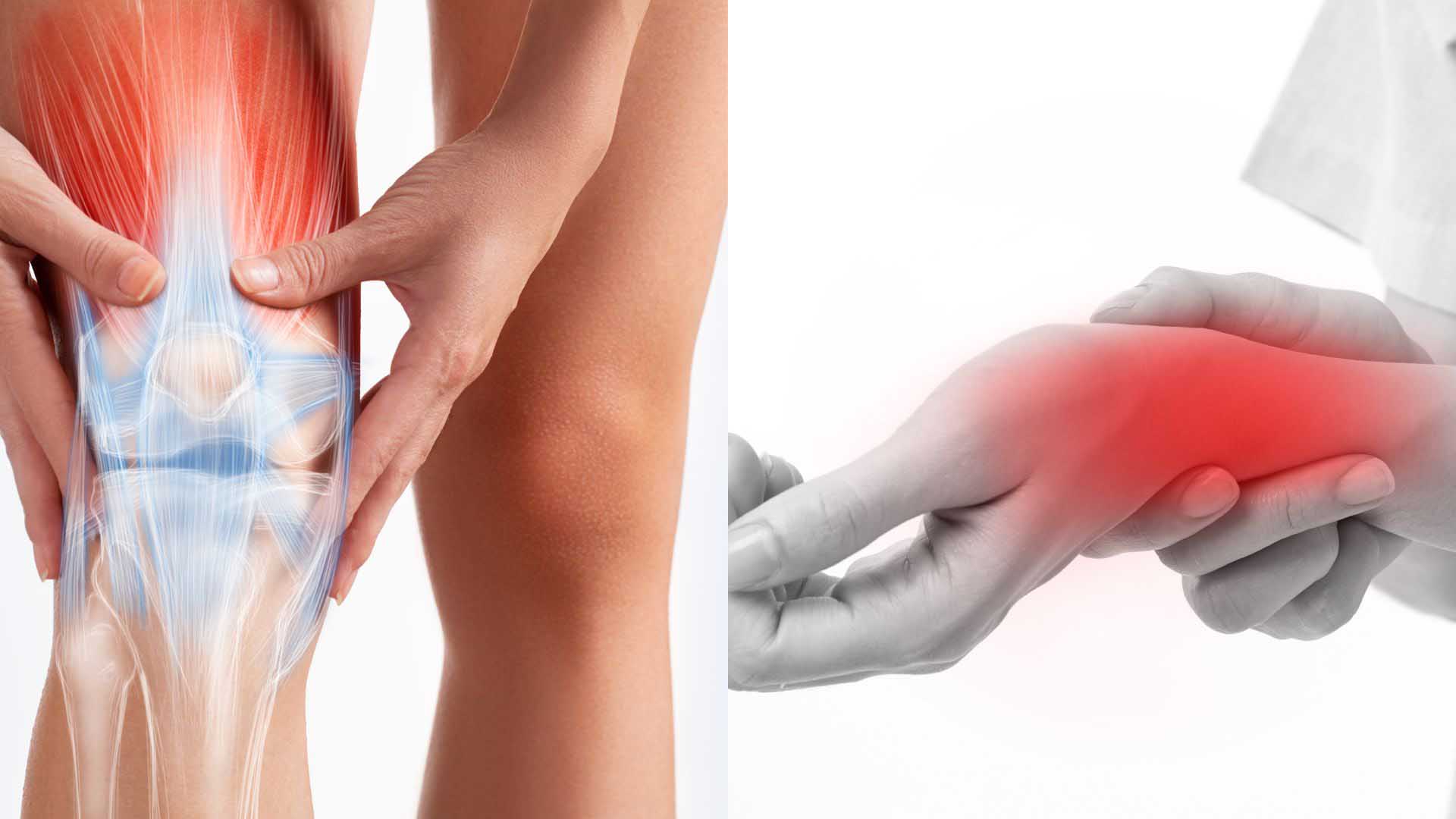
Symptoms of osteoarthritis
The main symptoms of osteoarthritis are pain and stiffness in the joints. The pain usually increases with activity and decreases with rest.
Stiffness is common in the morning but tends to improve when you move around, usually within 30 minutes. Inactivity during the day, such as sitting for long periods of time, can also lead to stiffness and may even cause locking of the joints in some people.
Another common symptom of osteoarthritis is crepitus, where the joint makes a clicking or grinding sound when moving. Crepitus is most commonly found in the shoulder or knee joint, but can also occur in the wrist, fingers, elbows, and ankles.
Reason
In essence, osteoarthritis is a condition in which damage to the joints progresses faster than the body can repair it. Osteoarthritis occurs as a result of aging and is most common in adults over 65. Women are at higher risk than men (perhaps in part due to hormonal changes).
The basic factors that cause arthritis include:
- Congenital bone deviation
- Joint injuries
- Any disease that damages joint or bone tissue
- Obesity
- Neurological disorders involving uncoordinated movements
Source: https://laodong.vn/suc-khoe/viem-khop-thoai-hoa-anh-huong-den-co-the-nhu-the-nao-1393636.ldo



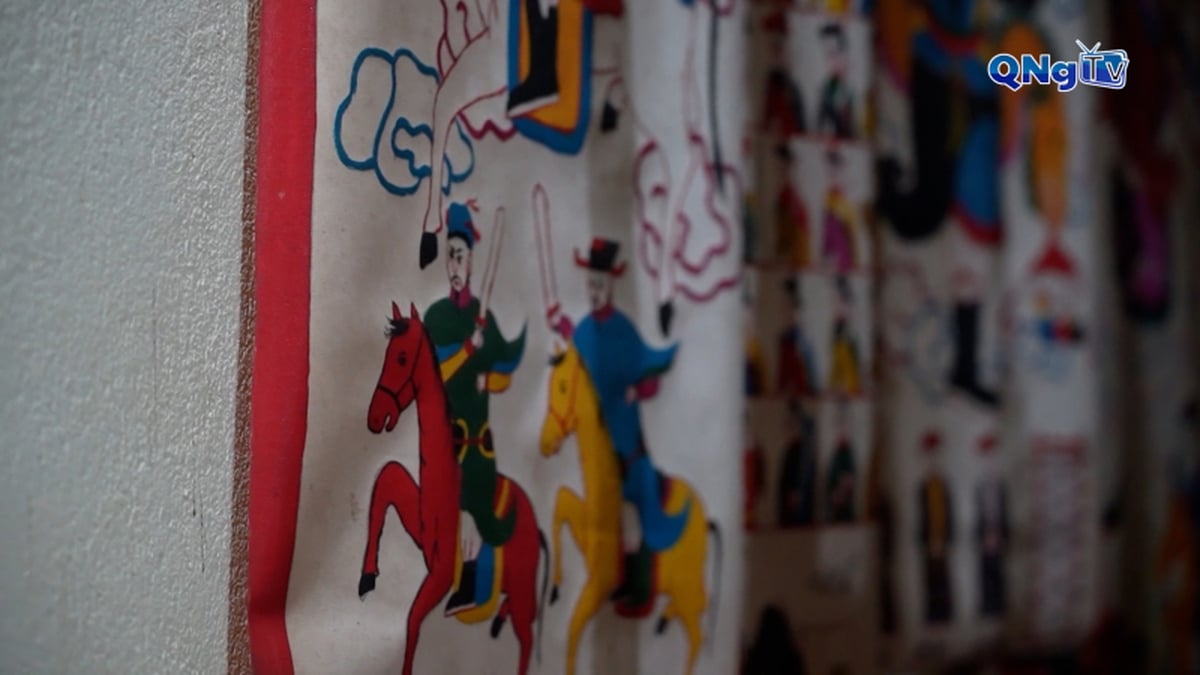
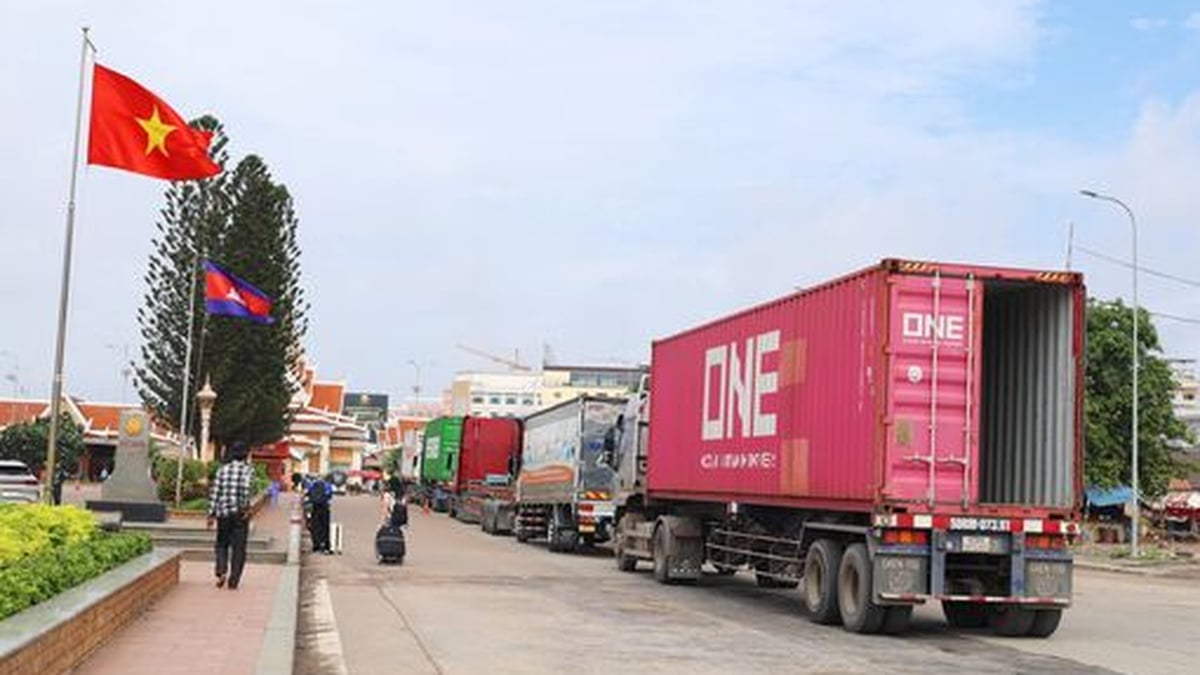
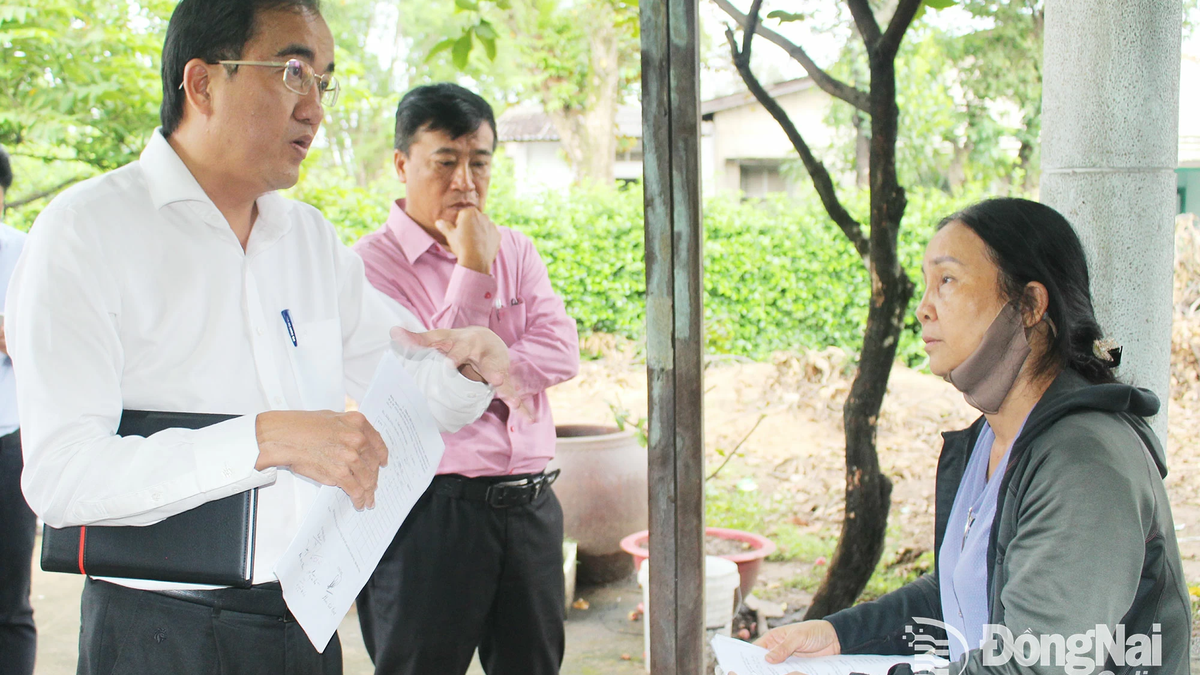
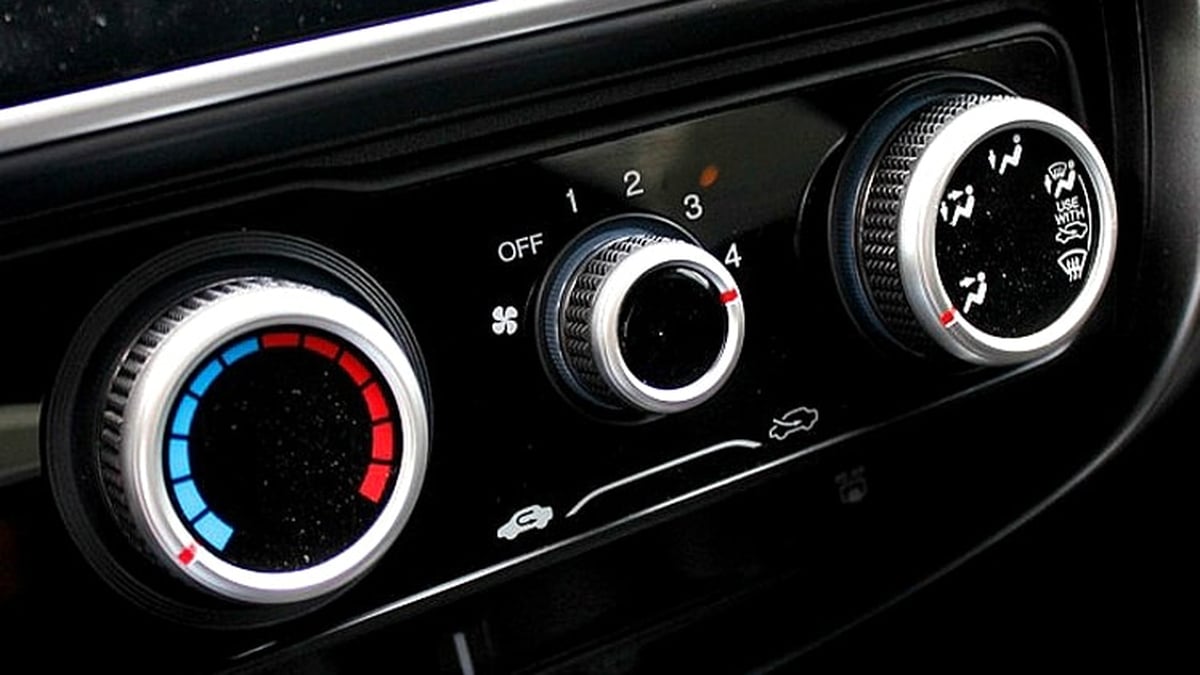




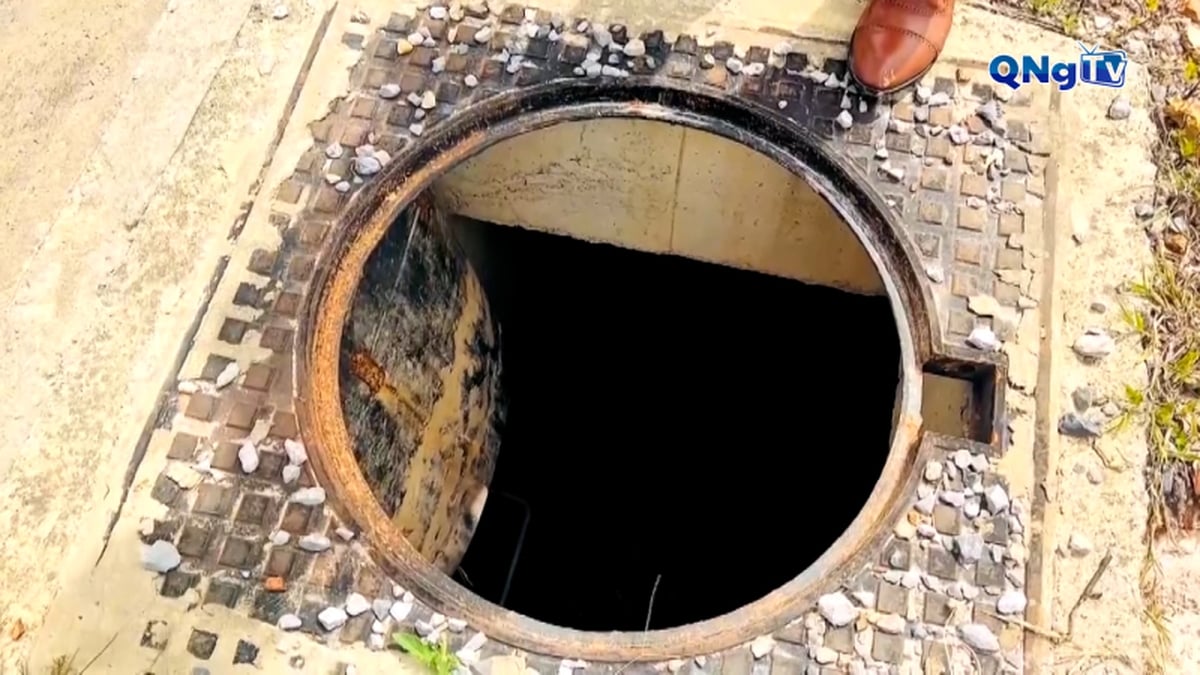







































![[Maritime News] More than 80% of global container shipping capacity is in the hands of MSC and major shipping alliances](https://vphoto.vietnam.vn/thumb/402x226/vietnam/resource/IMAGE/2025/7/16/6b4d586c984b4cbf8c5680352b9eaeb0)











































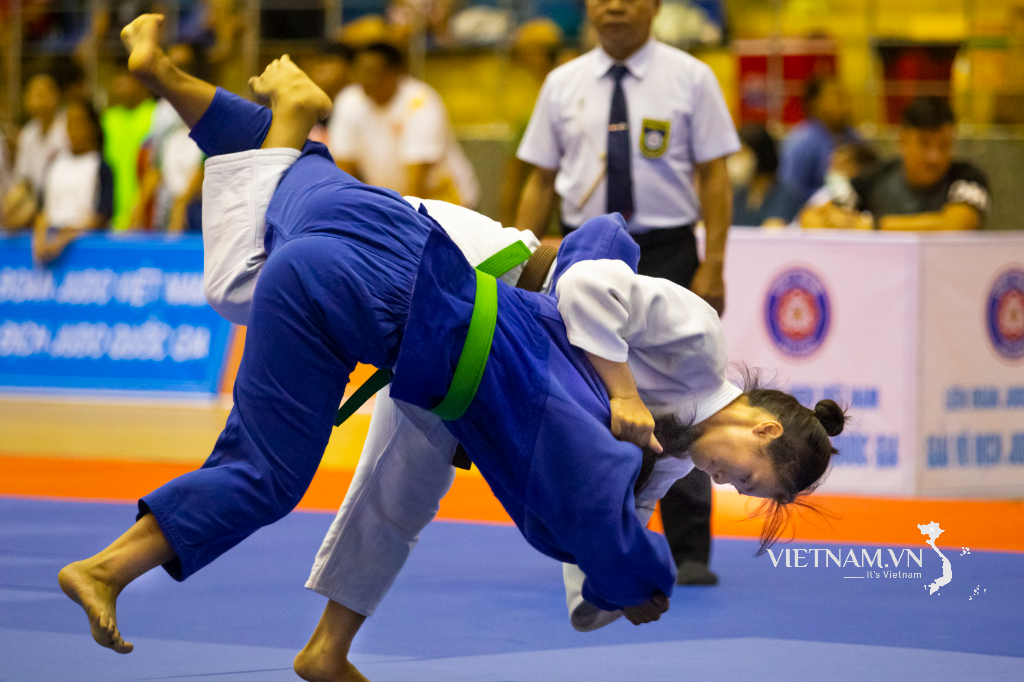

Comment (0)